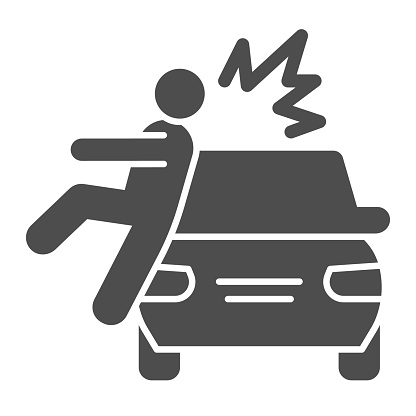- cross-posted to:
- left_urbanism@lemmy.ml
- cross-posted to:
- left_urbanism@lemmy.ml
Abstract
Increasing the uptake of active, carbon neutral forms of transport is indicated for both population health and environmental conservation. Efforts to increase cycling uptake are hindered by negative attitudes towards cyclists. Recent research from Australia has found that many people consider cyclists to be less than fully human. There is currently a lack of empirical evidence that explains these dehumanising perceptions. Most people who ride bicycles in Australia wear safety helmets as required by mandatory helmet laws. We hypothesised that people wearing bicycle helmets are perceived as less human compared to people without helmets due to reduced visibility of eyes and hair. We tested this hypothesis through a survey (n = 563) comprised of two-paired alternate forced choice questions to identify which image of a cyclist respondents consider to be less human. We then analysed the results using a Bradley-Terry probability model. We found images of cyclists wearing helmets or safety vests to have a higher probability of being selected as less human compared to images of cyclists wearing no safety equipment. The results have implications for research on cyclist dehumanisation and its mitigation.


Wasn’t there a study some time ago that said that a pony tail made you safer when cycling than just a helmet, because of this dehumanization effect (maybe dehumanization is too strong, the drivers were more careful, because of their biases)?
PS: found it https://velo.outsideonline.com/road/road-training/do-drivers-give-female-riders-more-space-when-overtaking/